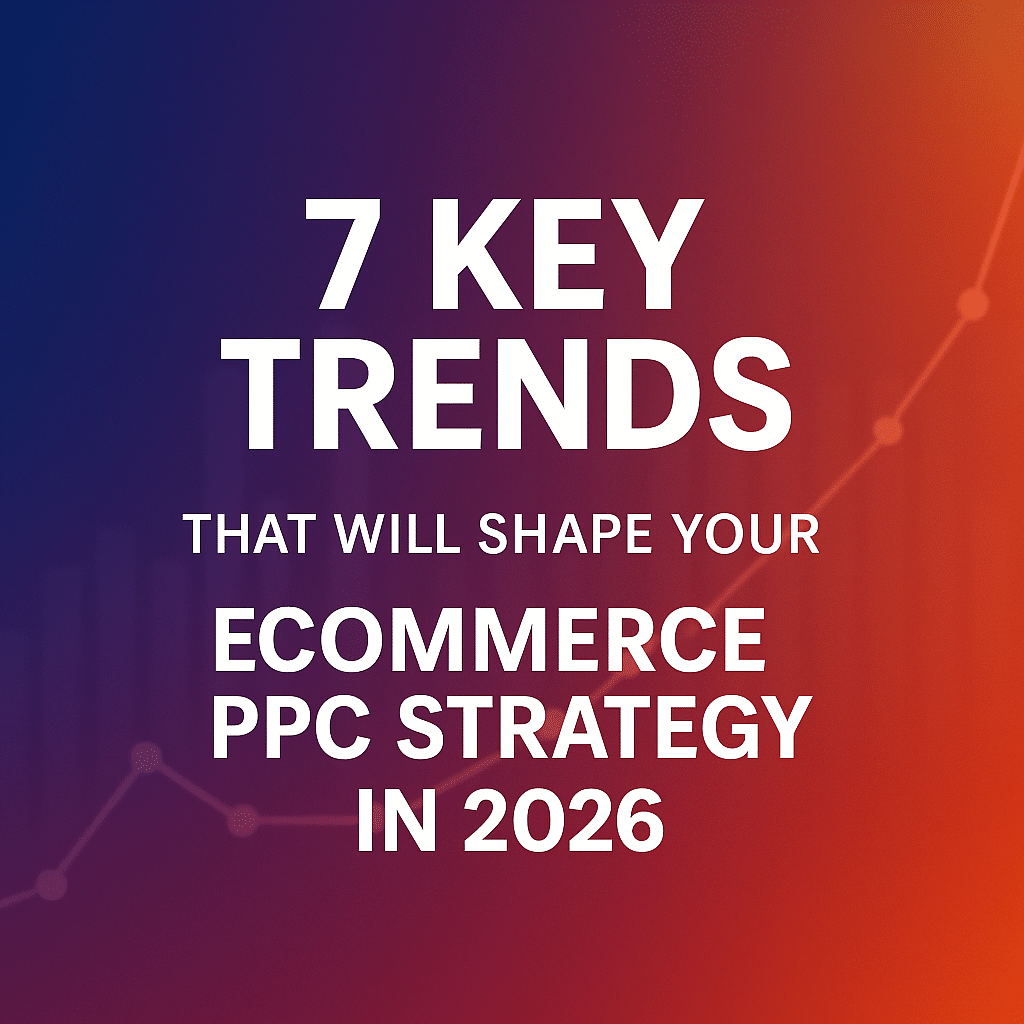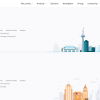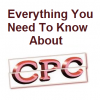The golden age of “set it and forget it” PPC is well and truly over. Not long ago, running a profitable campaign was as simple as picking a few keywords, setting a budget, and watching the conversions roll in. Today’s ecommerce landscape couldn’t be more different — it’s a fast-moving battleground where algorithms evolve daily, automation runs deep, and consumer expectations shift faster than ever.
As we look ahead to 2026, a new era of paid advertising is emerging — one powered by intelligent automation, driven by data, and personalized at scale. The brands that learn to adapt early, whether through in-house teams or agency partners, will be the ones who rise above the digital noise and connect meaningfully with modern shoppers.
Below are the seven key trends that will define ecommerce PPC marketing in 2026 — and how you can start preparing for them now.
1. AI-powered campaign management will become the standard
Artificial intelligence is no longer the shiny new toy of marketing — it’s the engine powering some of the most successful PPC campaigns worldwide.
By 2026, we’ll see AI tools capable of parsing enormous data sets in seconds, predicting user intent with near-clairvoyant accuracy, and automatically adjusting bids in real time across multiple channels.
The key takeaway? Manual bid management and keyword tweaking are quickly becoming obsolete. Platforms like Performance Max and Smart Shopping already use advanced machine learning to optimize delivery, audience targeting, and creative assets simultaneously — often faster and more accurately than a human ever could.
However, that doesn’t mean marketers can step aside entirely. AI still requires human strategy to set the right objectives, feed it quality data, and interpret insights. Think of it as your ultra-efficient assistant — powerful on its own, but unstoppable when paired with human creativity and intuition.
2. First-party data will be your new best friend
Privacy laws are tightening, and the long-anticipated death of third-party cookies is finally here. The result? First-party data has become digital gold.
This is the data your customers willingly share with you — from emails and loyalty information to purchase behavior and browsing activity. In 2026, successful ecommerce brands won’t just collect this data — they’ll strategically activate it.
Forward-thinking businesses are already building loyalty programs, incentivizing signups, and investing in customer data platforms (CDPs) to organize and deploy this data intelligently across PPC campaigns.
Those that win will be the brands capable of building detailed customer profiles and delivering hyper-personalized ad experiences based on real behavior, not assumptions.
The message is clear: start collecting, structuring, and leveraging first-party data now — because by 2026, it will be the foundation of every successful PPC strategy.
3. Video and visual search are taking over
While text-based search will always have its place, the dominance of video and visual content is impossible to ignore. Platforms like YouTube, TikTok, and Google are increasingly prioritizing video, reshaping how consumers discover and engage with products.
Short-form video ads will continue to thrive in ecommerce because they:
- Capture attention instantly in crowded feeds
- Show products in authentic, real-world use
- Feel natural within social environments, driving stronger engagement
- Require modest budgets — often performing better when they feel less “produced”
Visual search is also rewriting the playbook. Imagine a shopper snapping a photo of a handbag or pair of sneakers and instantly finding similar products from your store. If your imagery isn’t optimized for this type of search, you’re invisible to an entire generation of shoppers who browse with their camera instead of a keyboard.
In 2026, visuals won’t just complement your PPC campaigns — they’ll lead them.
4. Automation meets personalization
The paradox of 2026 is this: campaigns are becoming more automated, yet consumers expect more personal experiences than ever before. The key is using automation as the backbone for personalization at scale.
Enter Dynamic Creative Optimization (DCO) — technology that allows your ads to automatically adapt headlines, visuals, offers, and calls-to-action based on who’s viewing them. A lapsed customer might see a win-back offer, while a new visitor gets an introductory discount — all without manual input.
To make this work, brands must supply their automation systems with plenty of creative assets and well-defined audience segments. The better the inputs, the smarter the personalization.
Automation doesn’t remove creativity — it amplifies it, enabling your ideas to reach more people, more effectively, than ever before.
5. Omnichannel attribution gets real
Customer journeys have grown increasingly complex. A potential buyer might spot your ad on Instagram, research the product on YouTube, click a Google Shopping link, and finalize their purchase in-store — all within a few days.
For years, marketers have struggled to track this tangled path. But now, advanced attribution models are finally providing a clearer view. These tools connect the dots between devices, sessions, and platforms, helping you understand what truly drives conversions.
For PPC, this insight is transformative. You may find that video ads build awareness, while display ads nurture interest, and search ads seal the deal. Recognizing the role each channel plays allows you to invest more strategically and attribute credit more fairly — no more giving all the praise to the “last click.”
The brands that master this holistic view of attribution will spend smarter and scale faster.
6. Voice commerce and smart shopping
Voice-assisted shopping is quietly but steadily expanding. While it hasn’t yet overtaken traditional ecommerce, the adoption of smart speakers and AI assistants means voice search is becoming a vital part of the buying journey.
Unlike typed searches, voice queries are longer and more conversational. Instead of typing “best trail running shoes,” someone might ask, “What running shoes are best for trail running and flat feet?”
This change means your keyword strategy should reflect natural language patterns — mirroring how people actually speak.
At the same time, voice-enabled shopping ads and smart displays are emerging, creating new opportunities for early adopters. Brands that start experimenting now will hold a distinct advantage as voice commerce becomes mainstream.
7. Sustainability and values-based marketing
Not every trend in marketing is powered by data or algorithms — some are driven by emotion and purpose. Consumers in 2026 are more socially aware, more environmentally conscious, and far more selective about the brands they support.
Your PPC campaigns should do more than push products; they should communicate what your brand stands for. Highlight your sustainability efforts, ethical practices, or social initiatives within your messaging and creative assets.
Authenticity is critical. Avoid greenwashing and empty claims — today’s shoppers can spot them instantly. Instead, share your genuine commitments and back them up with transparency.
Millennials and Gen Z, in particular, are willing to pay more for brands that align with their values. In saturated markets, this alignment can be the difference between being seen and being chosen.
Preparing your 2026 PPC strategy
So, where should you start? Don’t try to overhaul everything at once. Begin by auditing your current PPC campaigns against these trends. Identify your biggest gaps and prioritize actions that offer the most impact.
- Start collecting and organizing first-party data — even small datasets will prove invaluable later.
- Experiment with video and visual content to see what resonates with your audience.
- Explore the AI-driven features already built into platforms like Google Ads and Meta Ads Manager.
The most successful ecommerce brands of 2026 won’t necessarily be those with the largest budgets — they’ll be the ones that stay curious, agile, and willing to adapt.
At its core, effective PPC still comes down to the fundamentals: understanding your audience, delivering real value, and meeting customers where they are.
Ecommerce PPC is stepping into a new era — smarter, faster, and more interconnected than ever before. The only question that remains is: will your campaigns be ready to keep up?



